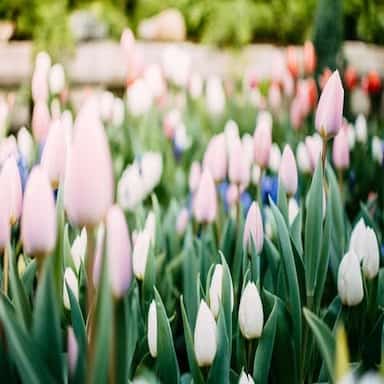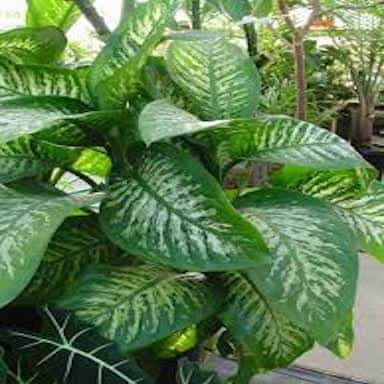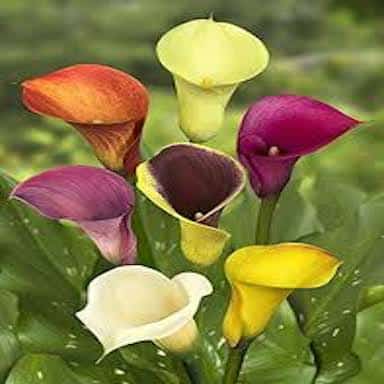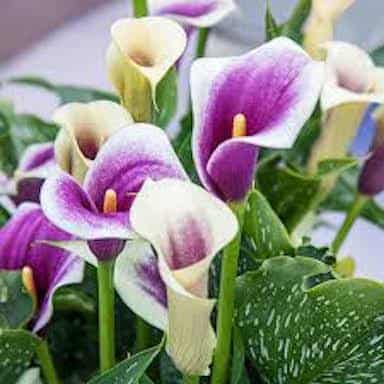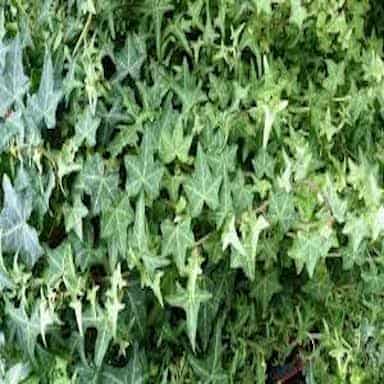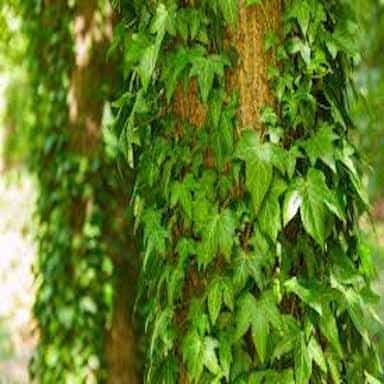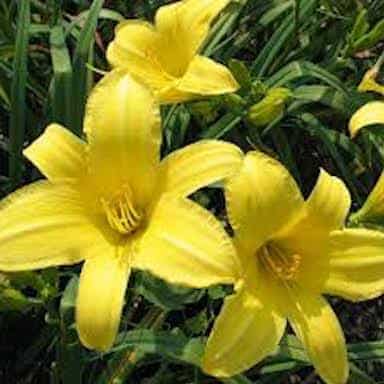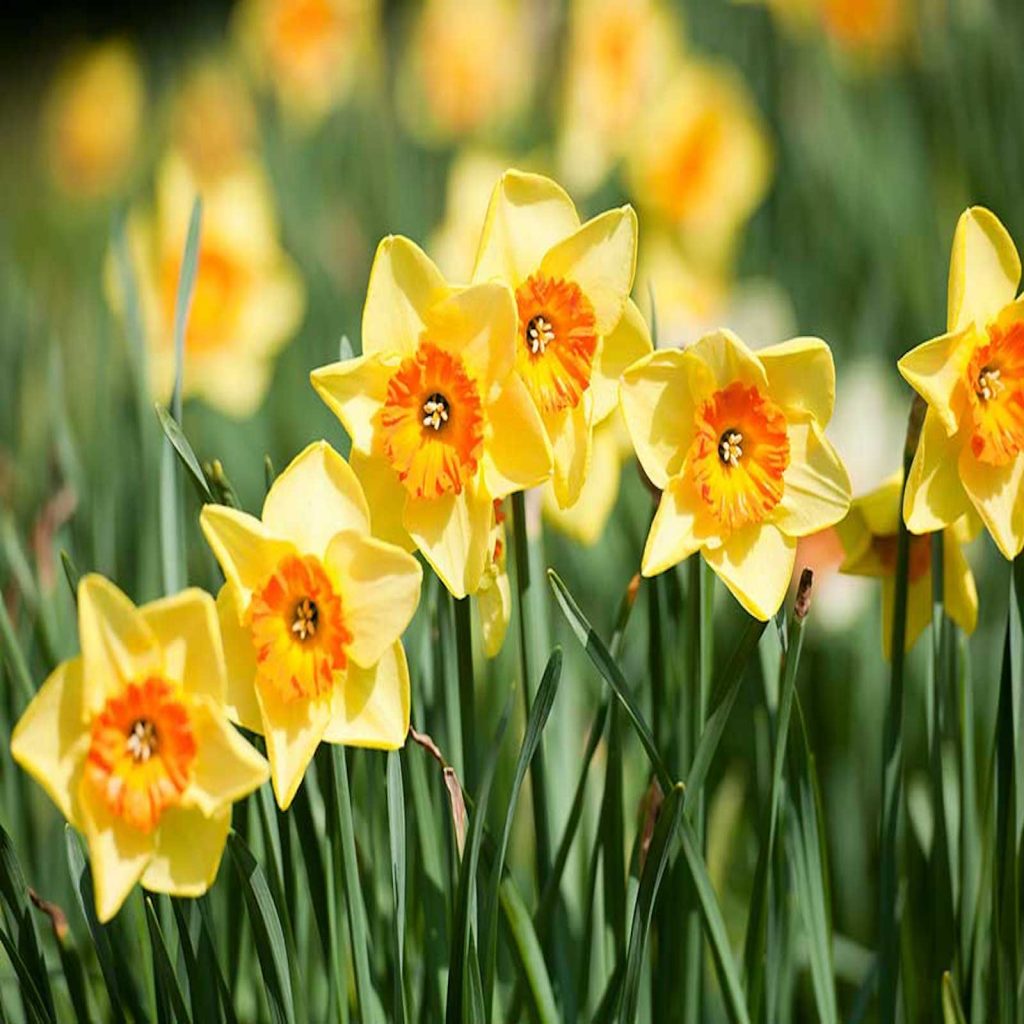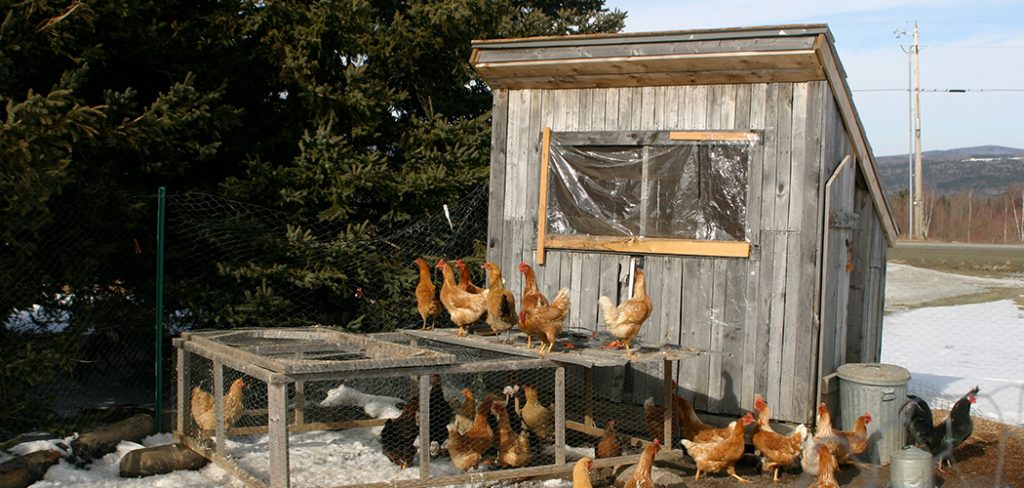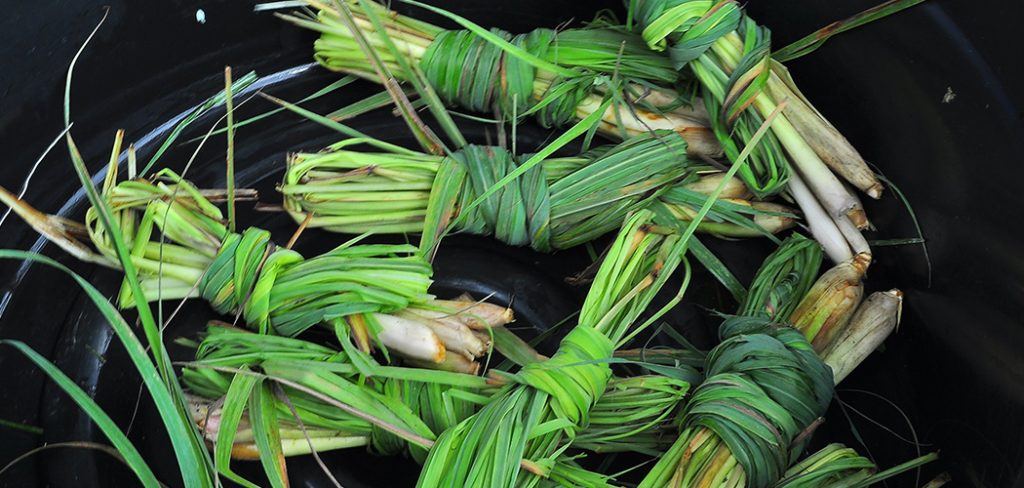Indoor plants provide health benefits and aesthetics. Some have medicinal advantages, others absorb the air pollutants to purify the air, while most plants are adorable to see, and they improve how your home looks. However, there has been a danger in planting some plants. They are not safe for children, and they are poisonous to people. Below are some poisonous houseplants to avoid in your backyard.
Tulips
Tulips are a popular spring-blooming type of flower that has more than 3000 varieties. Most of the standard colors are red, pink, yellow, orange, purple, blue, and white. Tulips can brighten your home because of its beautiful appearance.
In fact, it looks gorgeous when it is arranged in vases to become a decorative piece. Tulips are poisonous because its bulb contains a Tuliposide A that can cause dermatitis to people who are sensitive to the toxin. If you handle its bulbs frequently, you become more susceptible to dermatitis.
Besides, it also contains calcium oxalate that if the bulbs are eaten, it may cause excess drooling, irritation, diarrhea, and nausea. This is definitely something that you should avoid in your sustainable vegetable garden.
Dumb Cane
A Dumb Cane or Dieffenbachia is a tropical plant native of South and Central America. It is a widespread house plant because of its large and attractive leaf. It has a green and a light yellow, cream blotches that are arranged in various patterns.
Its stems are thick, and if you will see it, it resembles a cane. It is poisonous because it contains Raphides. Raphides are calcium oxalate with a needle-shaped crystal. It may cause a stinging and a burning sensation to the mouth, lips, and tongue, and a digestive tract of a person.
Besides, it may also cause tears that may lead to swelling and inflammation. In a more severe effect, Raphides can block the airways, thus interfere with breathing.
Calla Lily
Calla Lily has a scientific name of Zantedeschia aethiopica, a house plant from Southern Africa, which is not a real lily and not a family of Liliaceae. It is a member of Araceae. The beautiful white petal of this plant is a spathe.
It is a bract, a modified leaf surrounding the flower cluster with the color orange or yellow, pink spadix; it is a spike where you can see the small flowers. The spathe has a unique shape that makes its exquisite appearance. This is poisonous because of the ‘calcium oxalate crystals’ that contain it.
English Ivy
English Ivy, Hedera helix, is a climbing vine. A cultivated English Ivy is being sold in the market with solid and variegated leaves. The leaves that are on the climbing stems consist of pointed lobes. The liquid that may result from a damaged English Ivy plant is itchy to the skin.
It can make your skin reddish and blisters. It can also create severe internal problems if a child mistakenly eats it. As a result, he or she may catch a fever, experience breathing difficulty, vomiting, hallucinations, delirium, and convulsion.
Daffodils
A daffodil plant that belongs to a genus Narcissus is sold as a house plant that may cause health problems. The bulbs of the Daffodil contain a ‘calcium oxalate crystals’ and ‘lycorine,‘ a toxic alkaloid. If the bulb is mistakenly eaten, it may cause irritation, nausea, upset stomach, diarrhea, and vomiting.
Besides, a person who handles daffodil bulbs frequently may get dermatitis. Your skin may also get inflamed, itchy, and red.
Knowing the common poisonous houseplants is a must to avoid future danger.
Check my other post on edible weeds.

